Browse by Job:
Browse by Job:
GPT isolation products are utilized throughout the Oil and Gas process from extraction and transportation right though to production. We understand that no two applications are exactly the same, however our isolation solutions are designed specifically to meet the broad range of conditions faced in the field. Learn where isolation is being used within the whole Oil and Gas process (Up, Mid and Downstream).
Jump To Section:
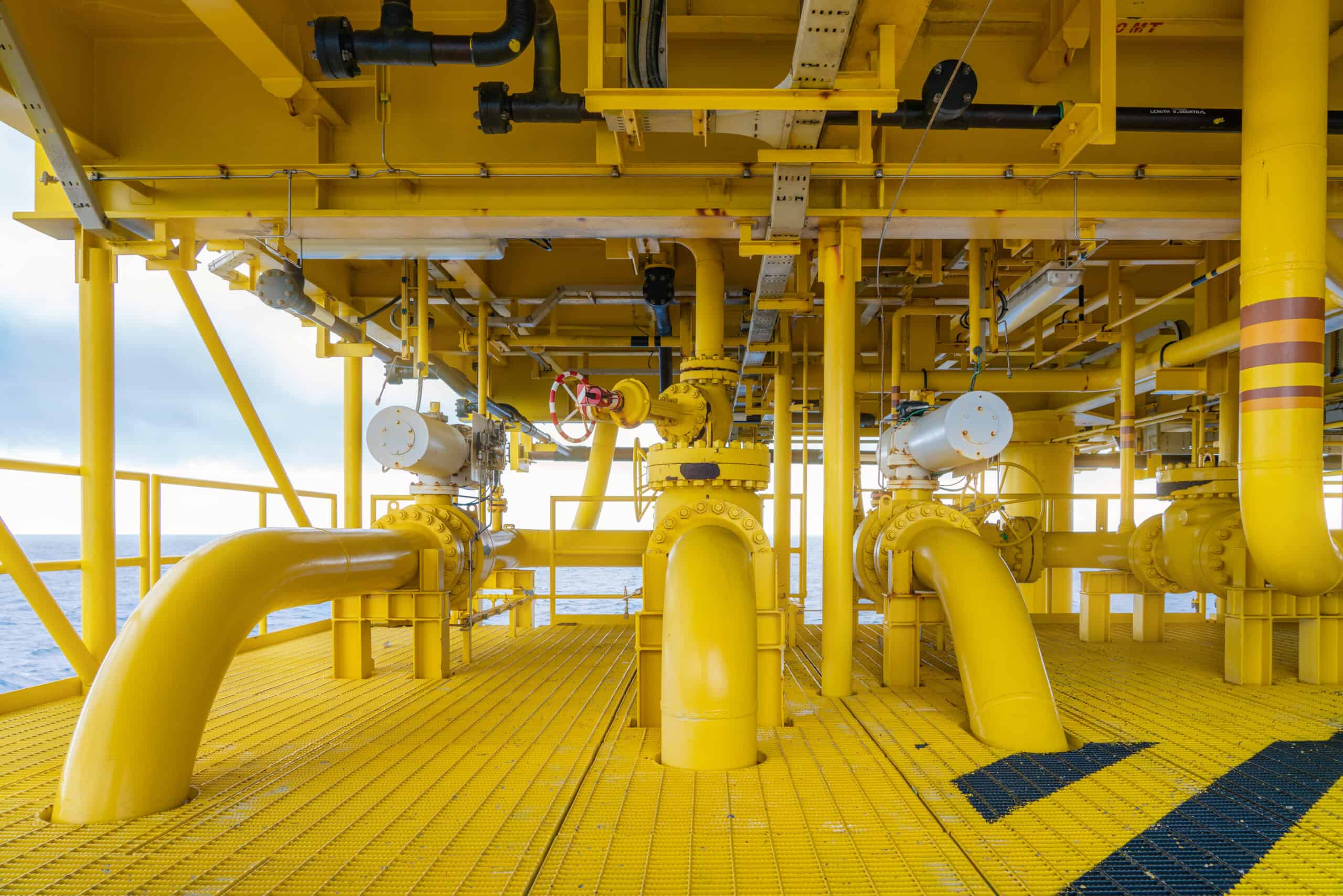
Riser is defined as the vertical or near-vertical segment of pipe connecting the facilities above water to the subsea pipeline. The riser portion extends (as a minimum) from the first above-water valve or isolation flange to a point five pipe diameters beyond the bottom elbow, based on codes.
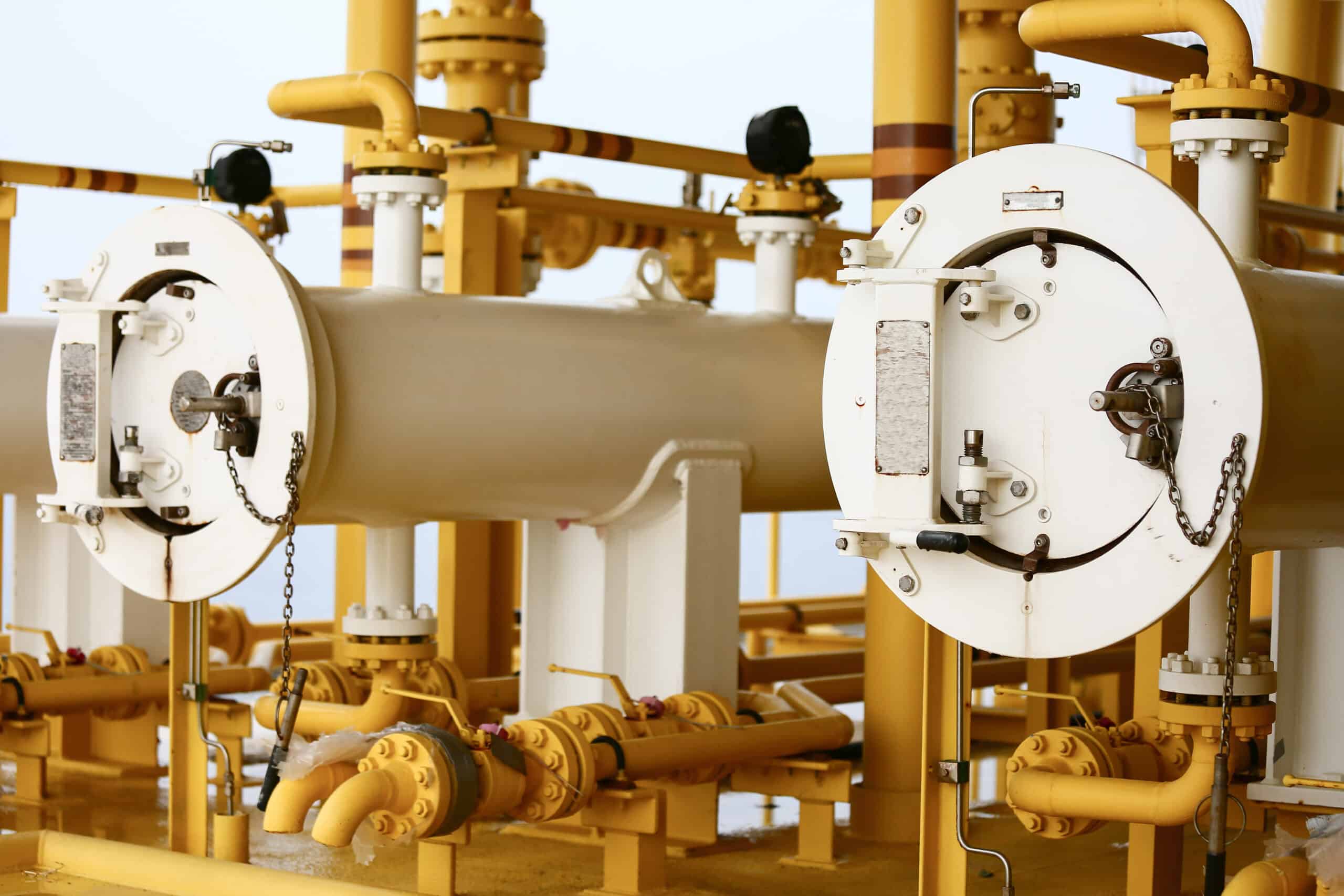
A pig launcher is a system used to send a PIG through a pipeline. It uses pressure to propel the PIG out of the launcher barrel and sends it through the pipeline system. These come in a variety of sizes depending on the pipeline size. Components typically include a closure door, main line valve, kicker line valve, bleed valve, pressure gauge, drain valve, and PIG signal. The PIG signals are used on the launchers and receivers as well as various places along the pipeline.
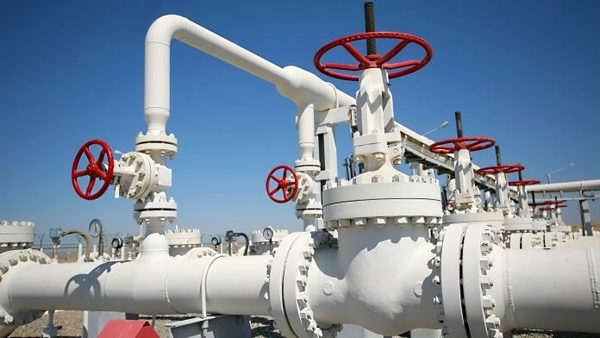
the block valve is typically a full-bore, soft seated ball valve to allow for "pigging", a practice that includes cleaning and inspecting the pipeline. However, it is not recommended that soft seated ball valves be opened against full differential pressure as damage to the valve seats can occur. To mitigate valve seat damage, a bypass system is installed around the main block valve to balance the pipeline pressure prior to opening. For these bypass requirements, plug valves are commonly used because their inherent design tolerates full differential pressure and allows for the opening and throttling without damage.
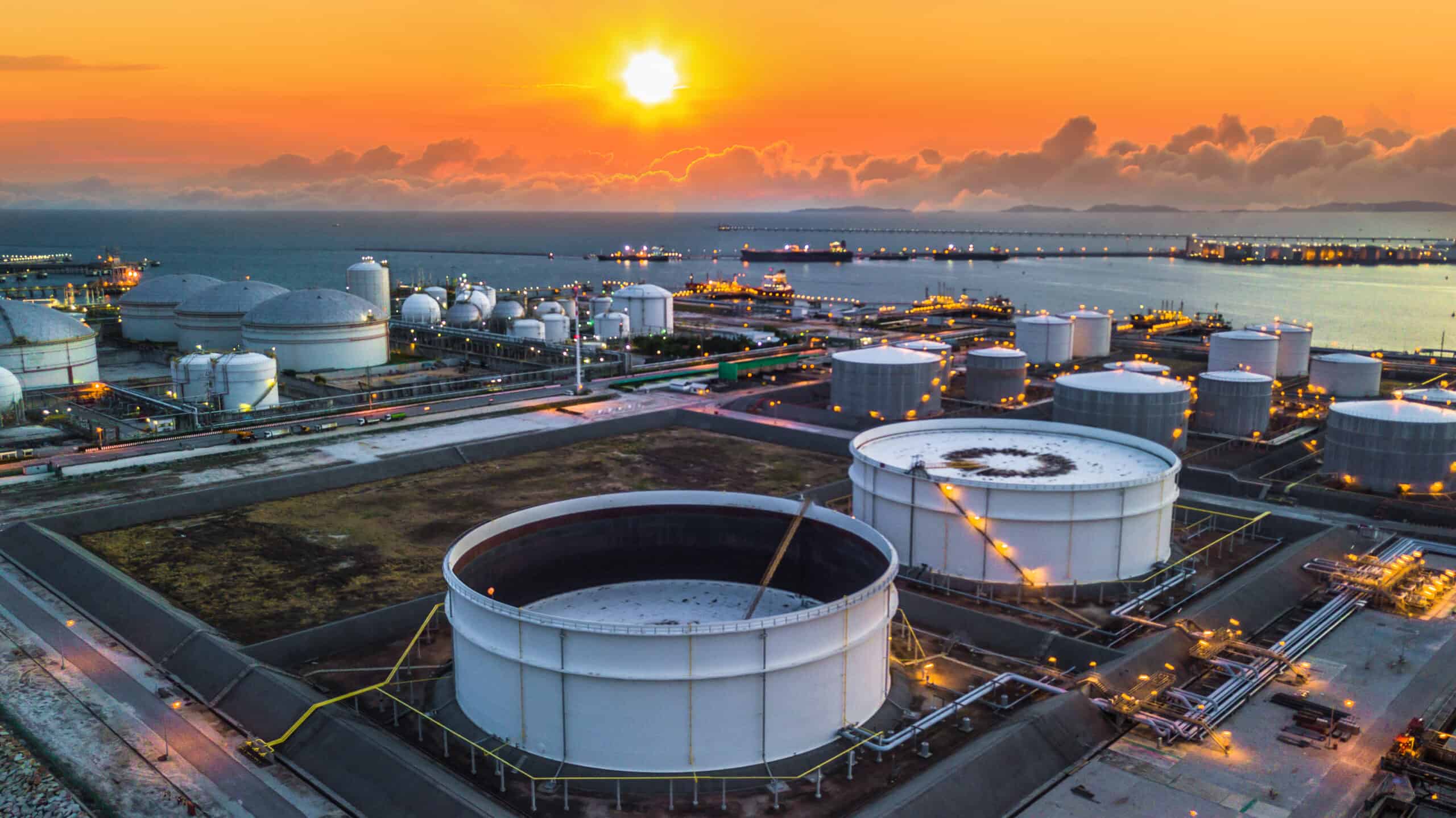
Above ground storage tanks can be used to hold materials such as petroleum, waste matter, water, chemicals, and other hazardous materials, all while meeting strict industry standards and regulations. Reservoirs can be covered, in which case they may be called covered or underground storage tanks or reservoirs.
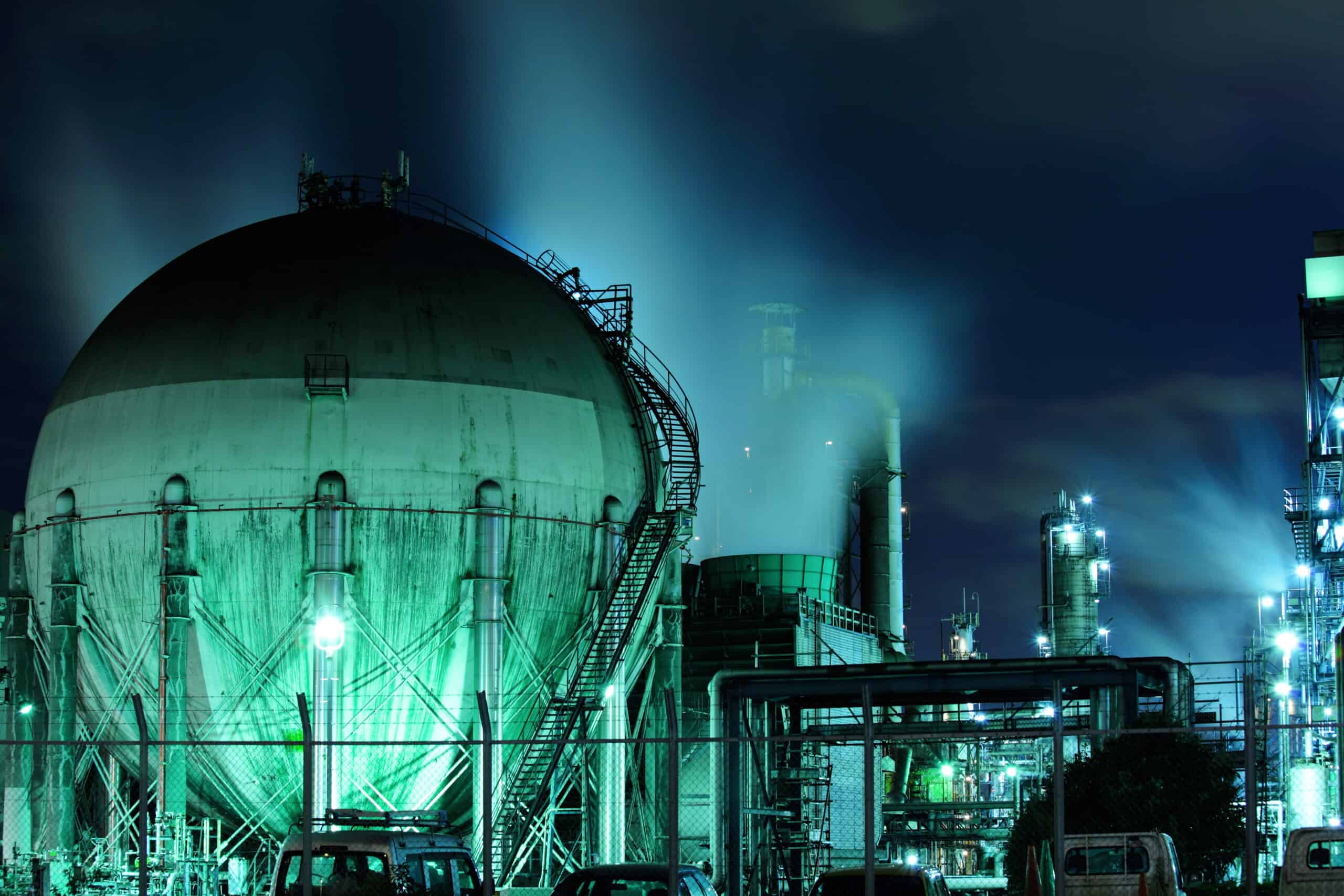
is natural gas that has been cooled to –260° F (–162° C), changing it from a gas into a liquid that is 1/600th of its original volume. This dramatic reduction allows it to be shipped safely and efficiently aboard specially designed LNG vessels.
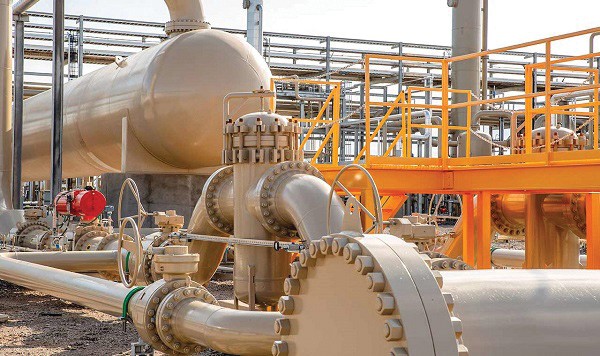
The flowline network and process facilities that transport and control the flow of oil or gas from the wells to a main storage facility, processing plant or shipping point. A gathering system includes pumps, headers, separators, emulsion treaters, tanks, regulators, compressors, dehydrators, valves and associated equipment. There are two types of gathering systems, radial and trunk line. The radial type brings all the flowlines to a central header, while the trunk-line type uses several remote headers to collect fluid. The latter is mainly used in large fields. The gathering system is also called the collecting system or gathering facility.
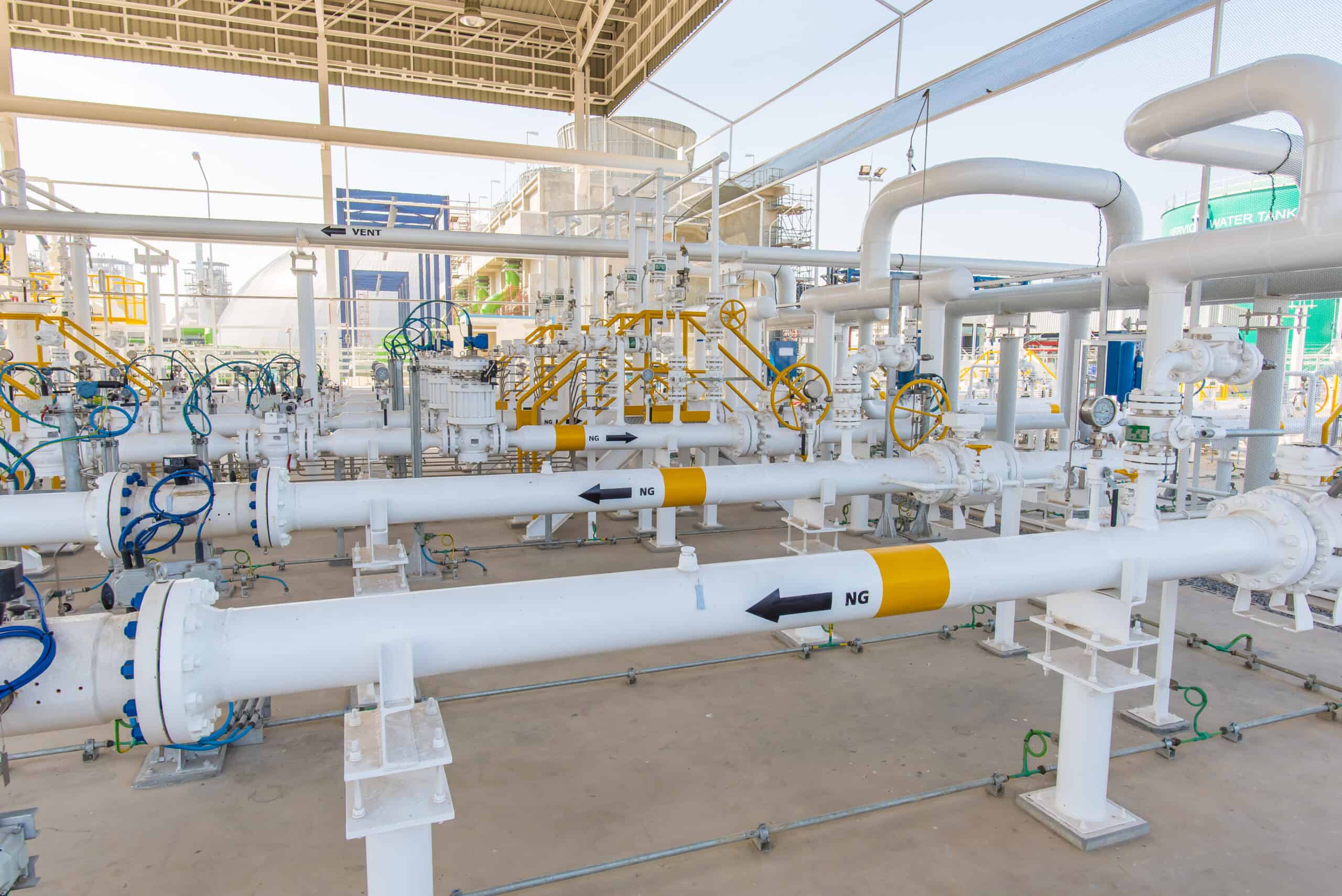
Metering stations are placed periodically along interstate natural gas pipelines. These stations allow pipeline and local distribution companies to monitor, manage, and account for the natural gas in their pipes. Essentially, these metering stations measure the flow of gas along the pipeline, allowing pipeline companies to track natural gas as it flows along the pipeline.
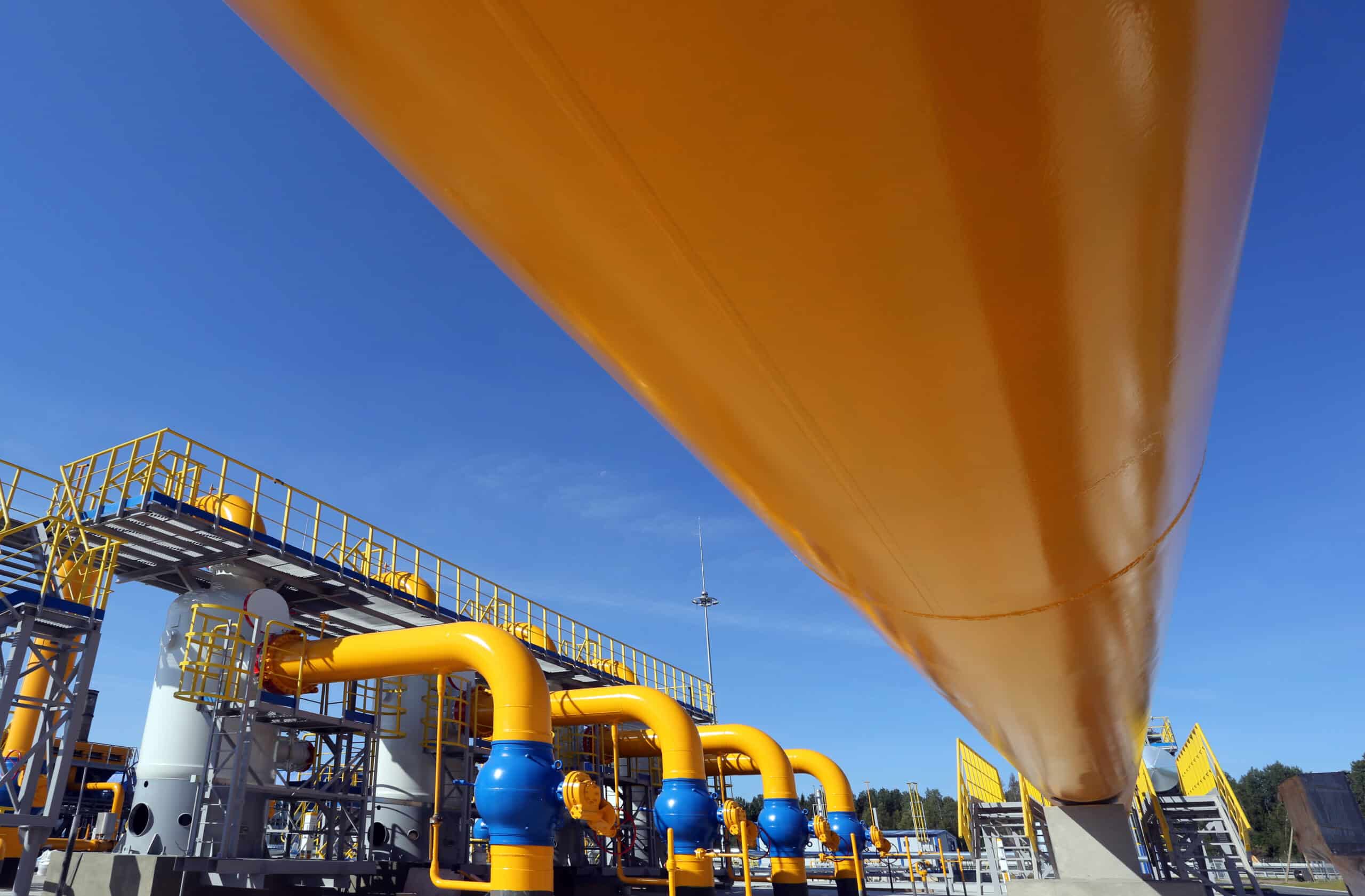
Compressor stations are large industrial facilities that maintain the flow and pressure of natural gas by receiving gas from the pipeline, re-pressurizing it, and sending it back into the pipeline system. (Pump stations do the same thing for oil.) Compressors are generally constructed every 40-100 miles along a pipeline, depending on the terrain and capacity of both the pipeline and the station.
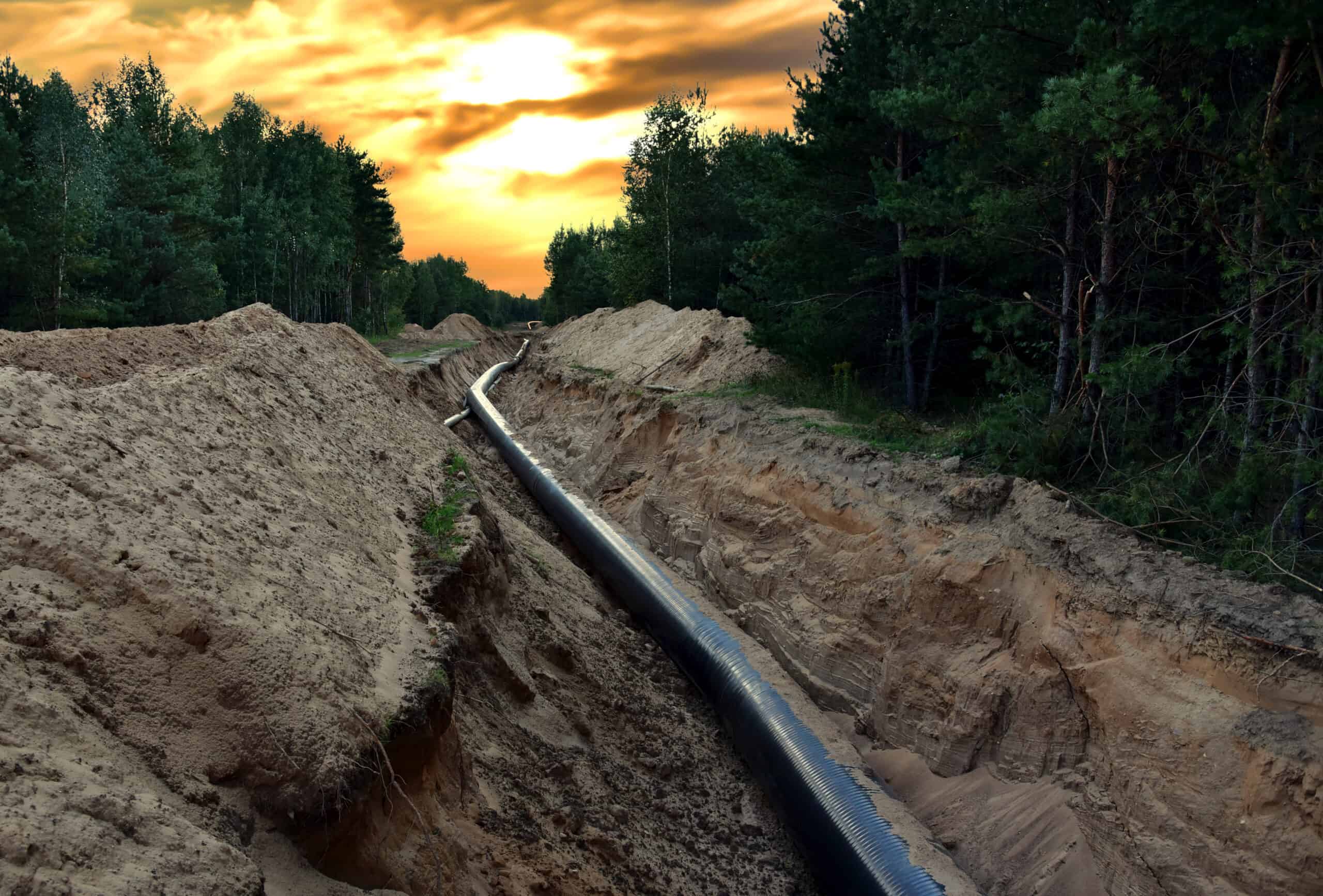
Underground pipelines for natural gas and crude oil play a vital role in transporting energy commodities around the world. Underground pipelines are susceptible to corrosion due to the environmental conditions they are exposed to underground. Underground pipelines make up the vast majority of mid-stream pipeline infrastructure.
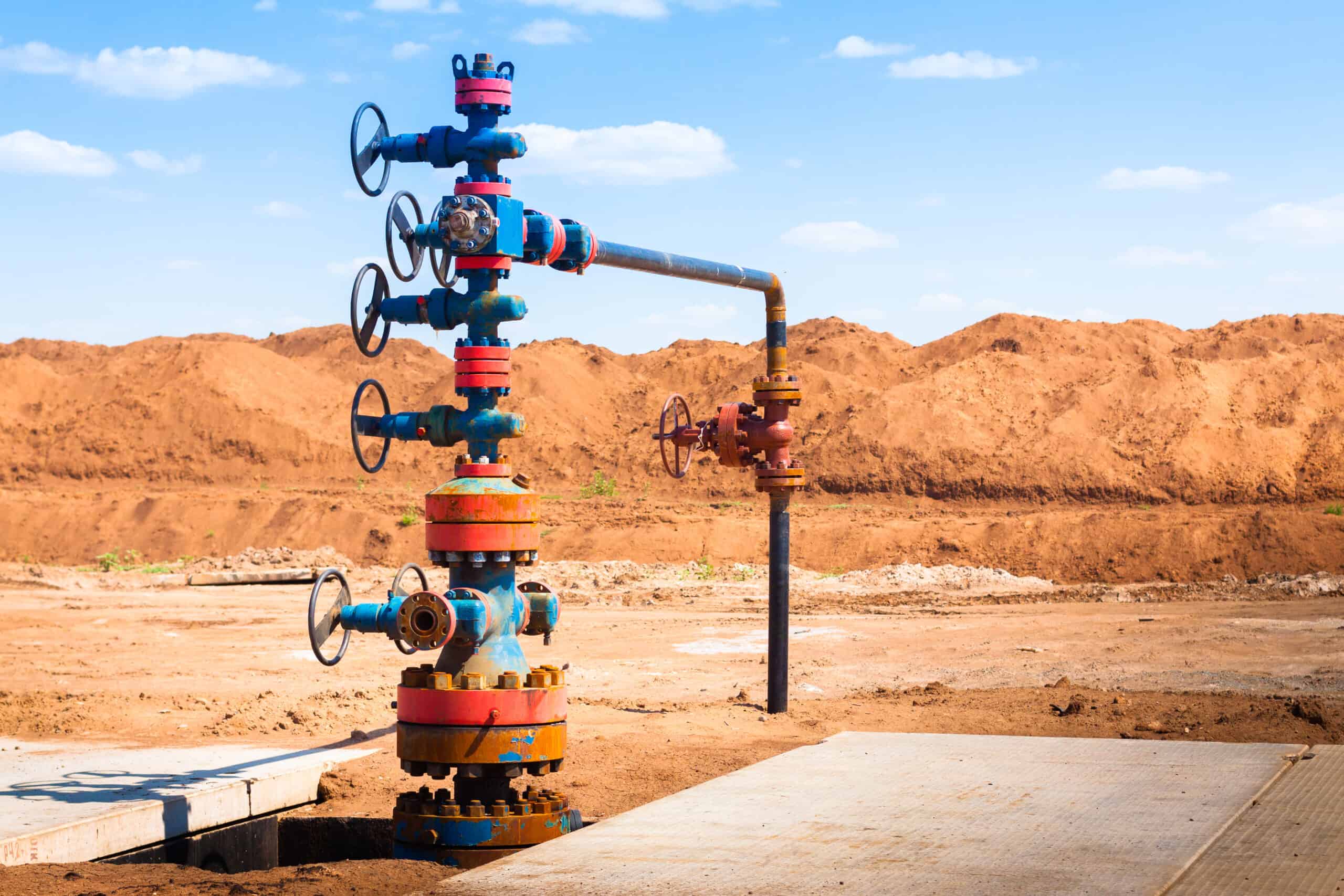
the component at the surface of an oil or gas well that provides the structural and pressure-containing interface for the drilling and production equipment. The primary purpose of a wellhead is to provide the suspension point and pressure seals for the casing strings that run from the bottom of the hole sections to the surface pressure control equipment.The wellhead sits on top of the actual oil or gas well leading down to the reservoir. The wellhead is the unit at the surface of a well which controls pressure and connects to drilling and production equipment.
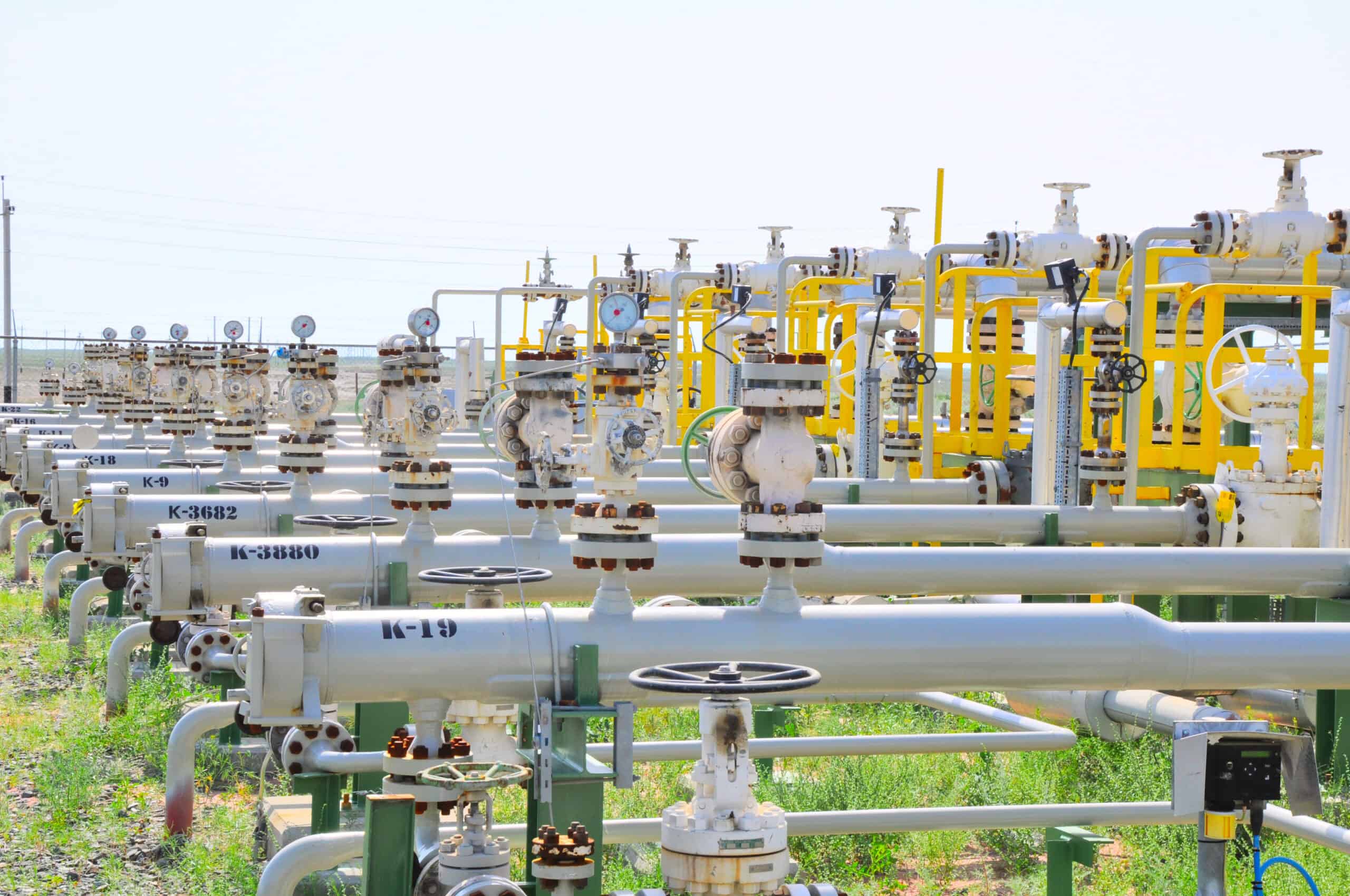
A manifold refers to a collection of pipes or a bound header that facilitates the transportation of fluid from one point to another. Manifolds are widely used in the pipeline industry and can be prone to corrosion with prolonged use and fluid-induced wear and tear.
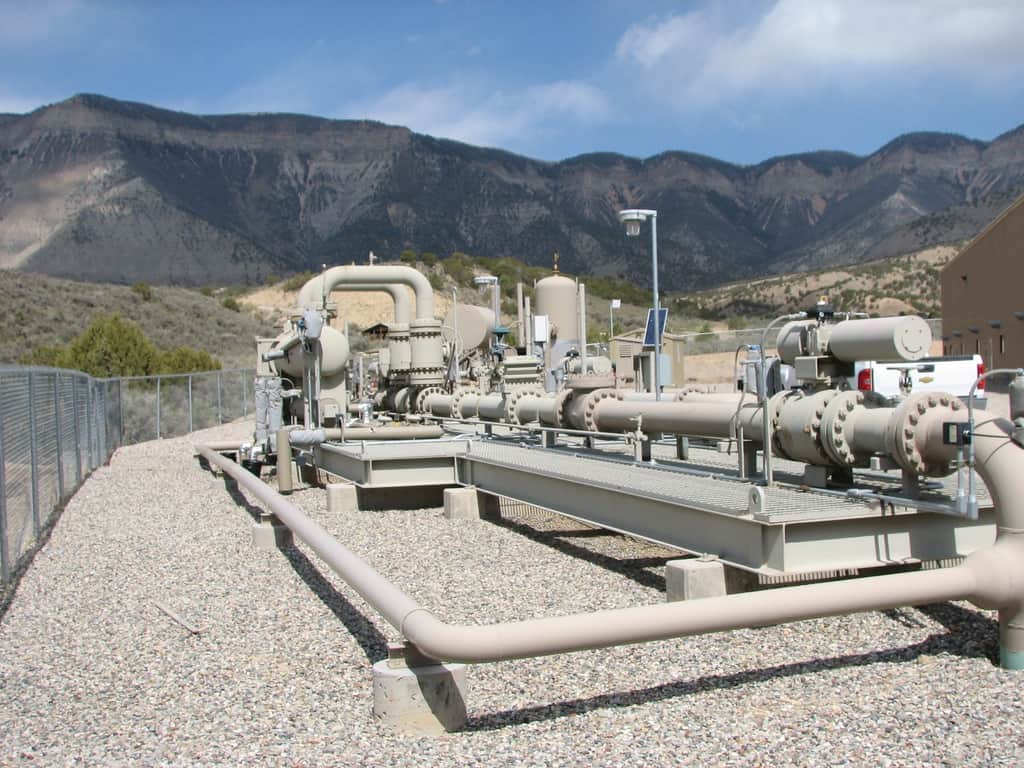
Gathering lines are those pipelines that are used to transport crude oil or natural gas from the production site (wellhead) to a central collection point. They generally operate at relatively low pressures and flow, and are smaller in diameter than transmission lines.
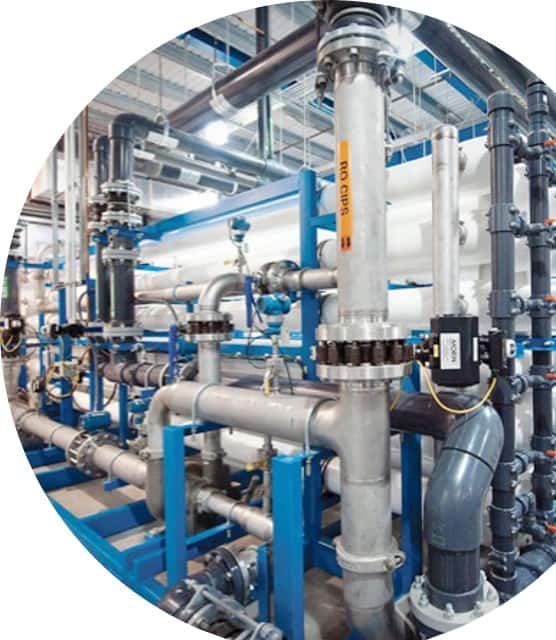
Offshore platforms are located in some of the most remote, inhospitable environments on the planet. At any given moment, more than two hundred people may be living and working on a platform, each requiring gallons of potable water for diet and sanitation. Freshwater is also required for operations aboard a platform. In fact, the main ingredient in most oil and gas industry operations is freshwater, but shipping this invaluable asset to offshore platforms is prohibitively expensive and inefficient. On-site water purification solves this problem by allowing platforms to generate their own potable water from high salinity seawater and brackish water.
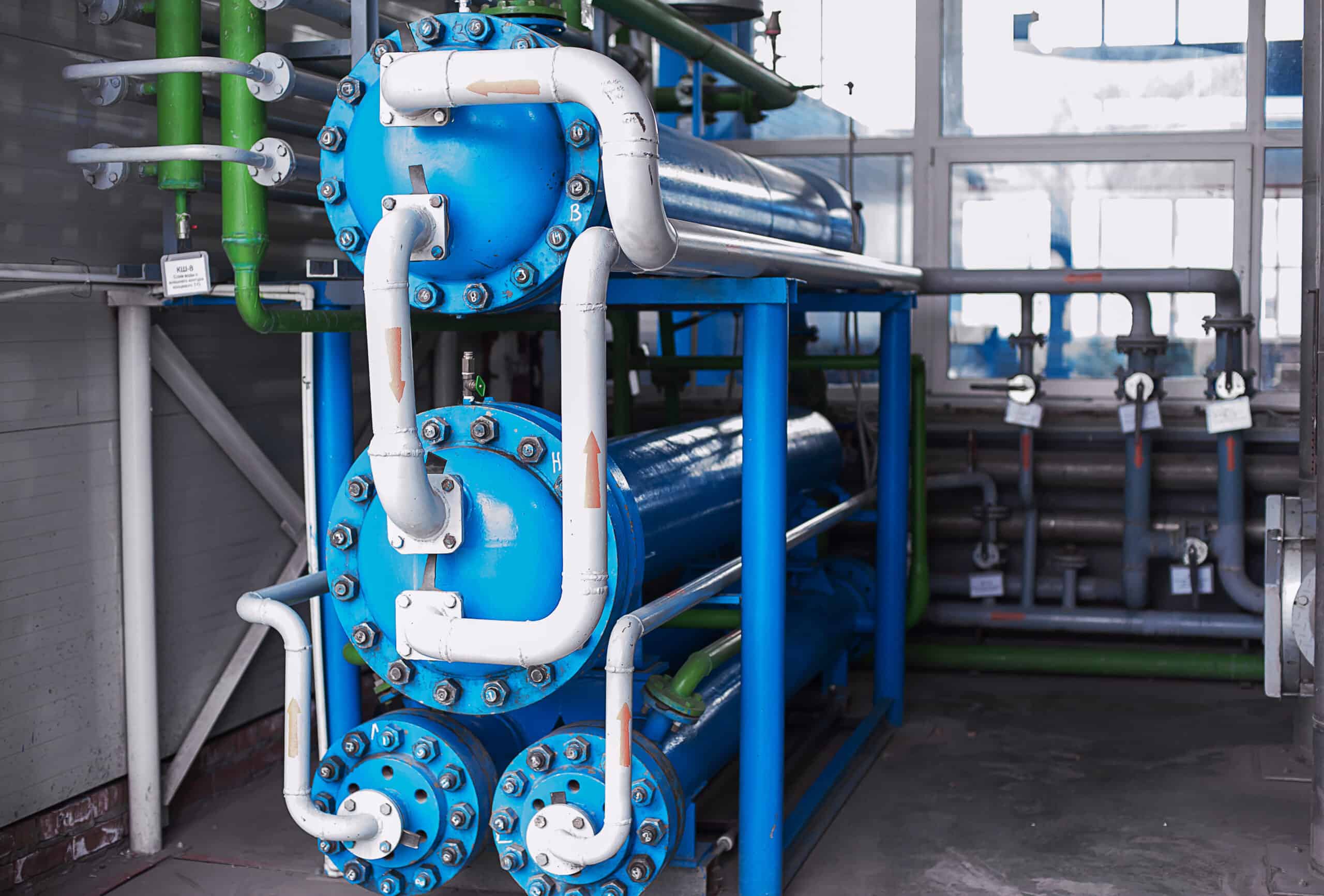
An air separation plant separates atmospheric air into its primary components, typically nitrogen and oxygen, and sometimes also argon and other rare inert gases. The most common method for air separation is fractional distillation. Cryogenic air separation units (ASUs) are built to provide nitrogen or oxygen and often co-produce argon. Other methods such as membrane, pressure swing adsorption (PSA) and vacuum pressure swing adsorption (VPSA) are commercially used to separate a single component from ordinary air. High purity oxygen, nitrogen, and argon, used for semiconductor device fabrication, require cryogenic distillation. Similarly, the only viable source of the rare gases neon, krypton, and xenon is the distillation of air using at least two distillation columns.

A floating production storage and offloading (FPSO) unit is a floating vessel used by the offshore oil and gas industry for the production and processing of hydrocarbons, and for the storage of oil. An FPSO vessel is designed to receive hydrocarbons produced by itself or from nearby platforms or subsea template, process them, and store oil until it can be offloaded onto a tanker or, less frequently, transported through a pipeline.
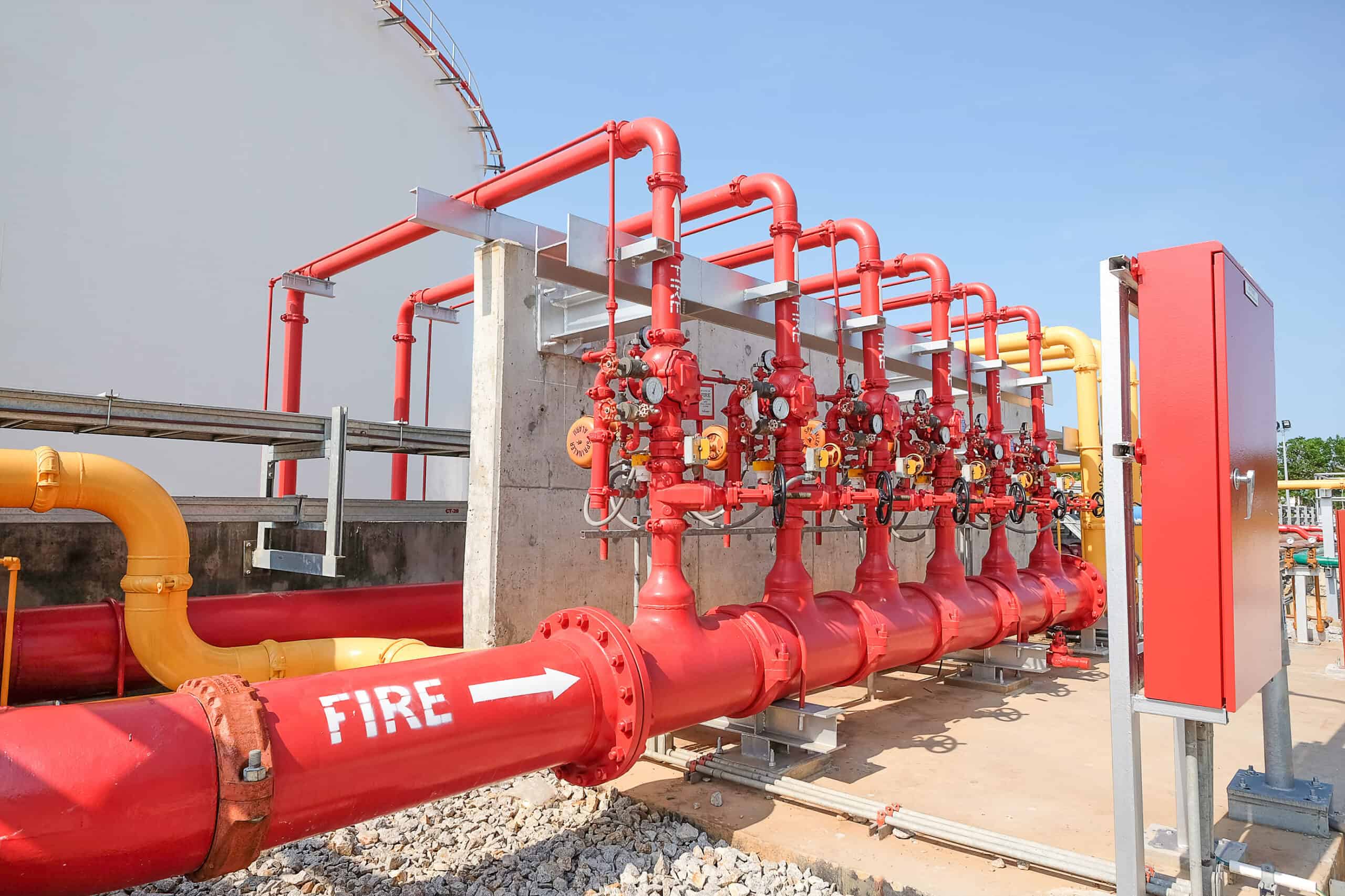
Fires in production facilities can be : Well blowout fires, flash fires, liquid pool fires, gas pool fires, jet fires, running liquid fires, confined and unconfined fires, etc. Leakage in any piping system or equipment/vessels can result in jet fires, fire balls, liquid/gas pool fires, running liquid fires, etc.

Petrochem Petrochemical plants convert natural resources such as crude oil, natural gas, ores and minerals into products for a wide range of applications. They produce many important building blocks for industry processes, including ethylene, propylene, butadiene, and aromatics.
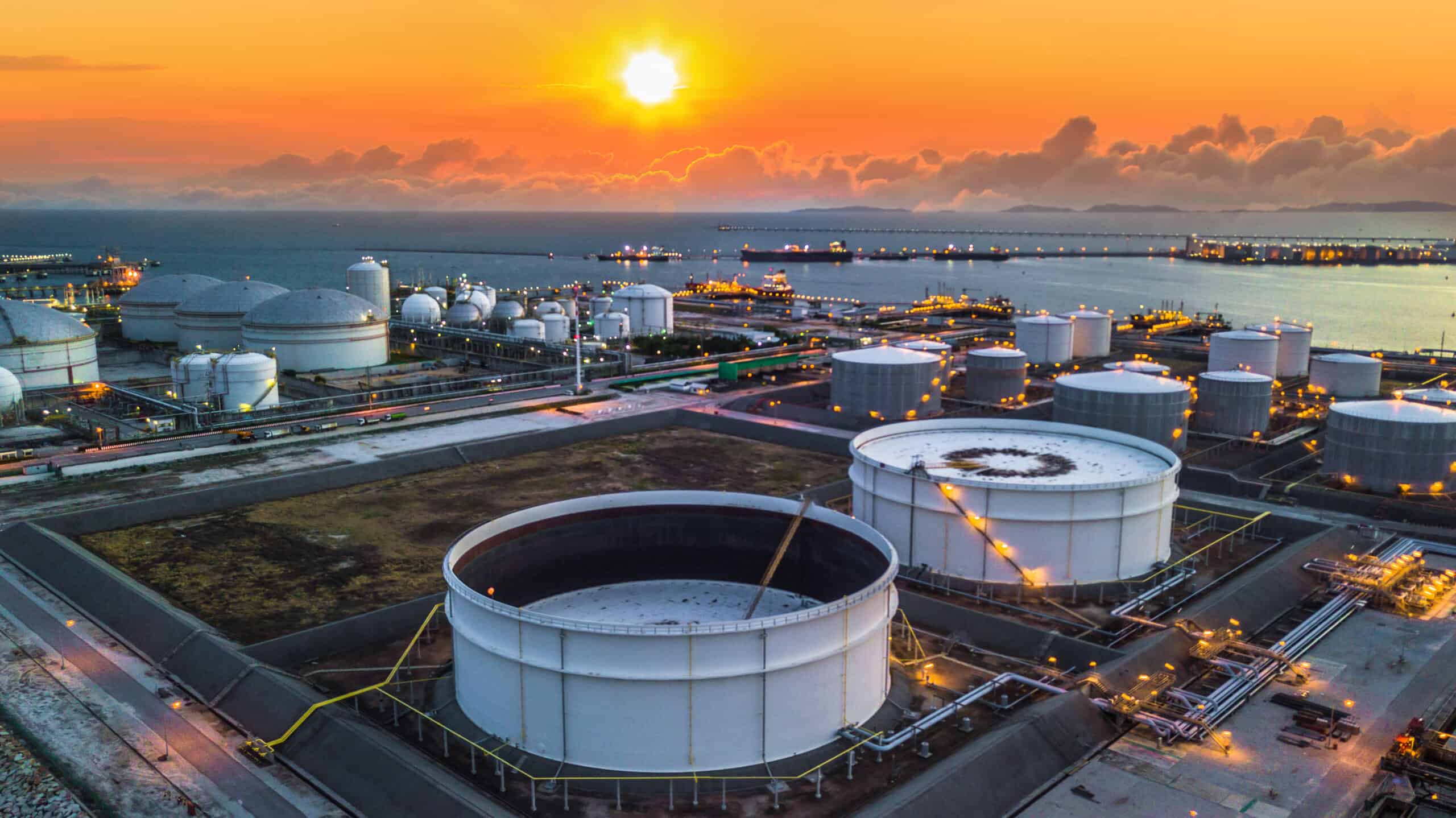
Above ground storage tanks can be used to hold materials such as petroleum, waste matter, water, chemicals, and other hazardous materials, all while meeting strict industry standards and regulations. Reservoirs can be covered, in which case they may be called covered or underground storage tanks or reservoirs.

Offshore platforms are located in some of the most remote, inhospitable environments on the planet. At any given moment, more than two hundred people may be living and working on a platform, each requiring gallons of potable water for diet and sanitation. Freshwater is also required for operations aboard a platform. In fact, the main ingredient in most oil and gas industry operations is freshwater, but shipping this invaluable asset to offshore platforms is prohibitively expensive and inefficient. On-site water purification solves this problem by allowing platforms to generate their own potable water from high salinity seawater and brackish water.
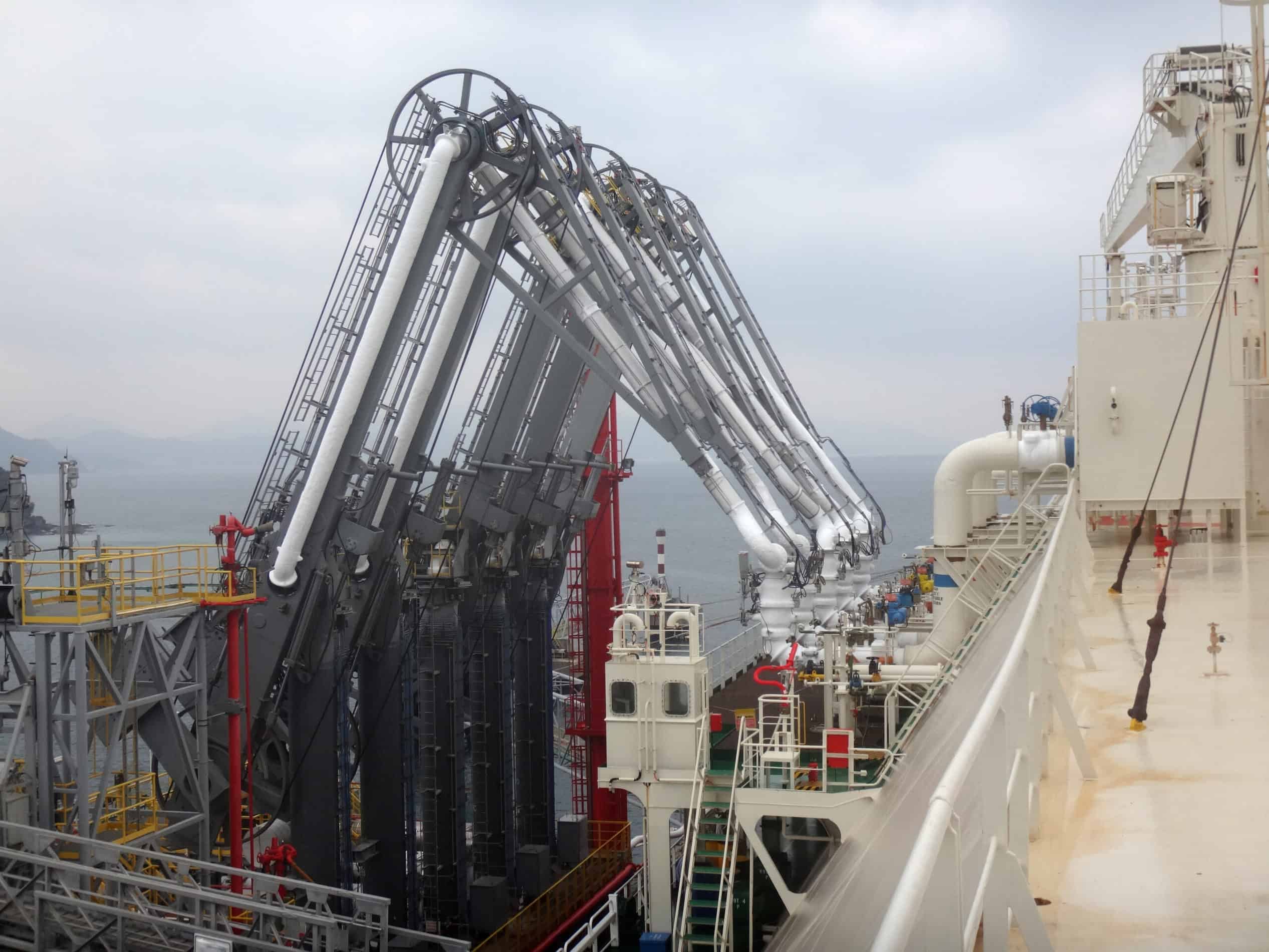
An LNG jetty is a construction projecting pipelines from an onshore terminal out over water. It often consists of piles, a trestle, pipelines, access road, loading arms, and breasting and mooring dolphins. A jetty serves as a connection that enables transfer of LNG between a berthed ship and the onshore terminal

Fires in production facilities can be : Well blowout fires, flash fires, liquid pool fires, gas pool fires, jet fires, running liquid fires, confined and unconfined fires, etc. Leakage in any piping system or equipment/vessels can result in jet fires, fire balls, liquid/gas pool fires, running liquid fires, etc.
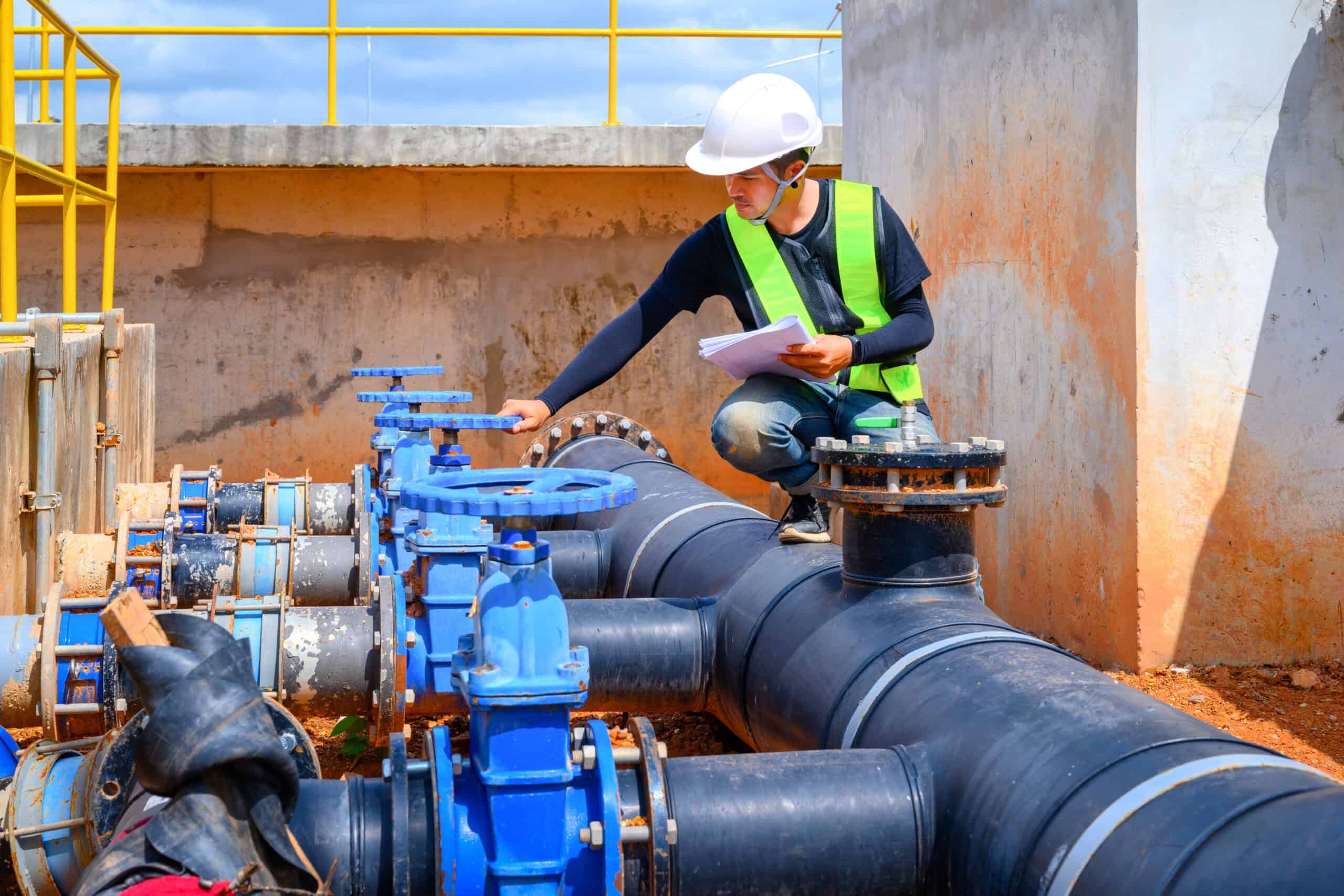
An LDAR program is the system of procedures a facility utilizes to locate and repair leaking components, including valves, pumps, connectors, compressors, and agitators, in order to minimize the emission of fugitive volatile organic compounds (VOCs) and hazardous air pollutants (HAPs). The EPA conducts audits and pursues enforcement actions in the petroleum refining and chemical manufacturing industries in order to verify minimization of VOC and HAP emissions. Facilities of all sizes have been reviewed as a result of this EPA program.
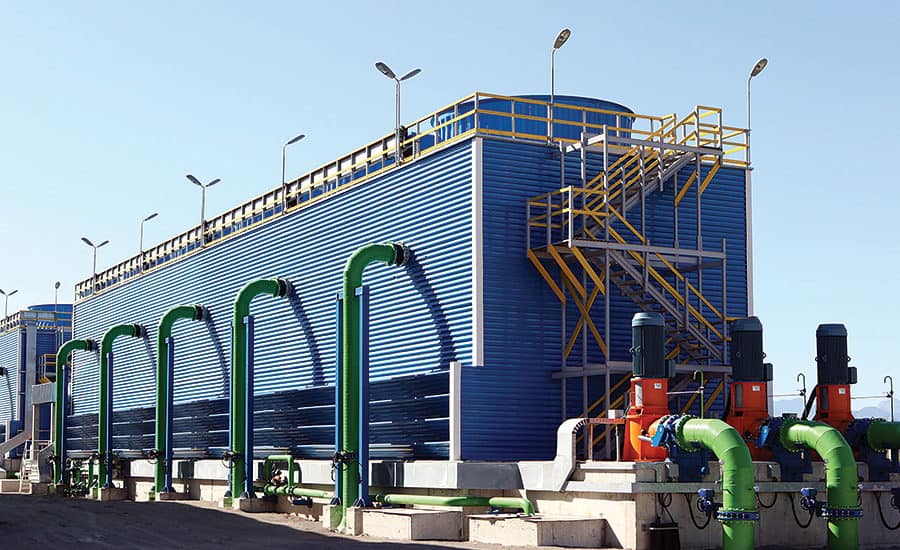
For refineries and chemical processing plants, open-circuit wet cooling towers — coupled with shell-and-tube or plate-and-frame heat exchangers — provide an economical method for rejecting heat. These towers are designed to wet bulb temperature and can cool water to a lower temperature than some other technologies.
